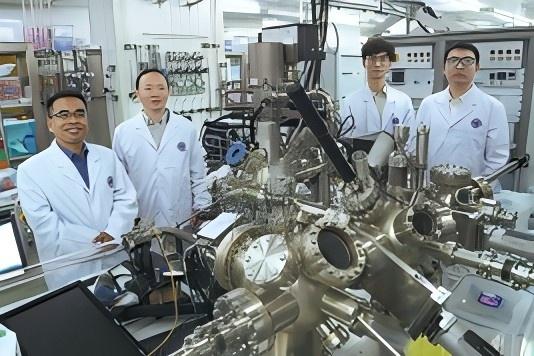
Researchers at Fudan University develop a picosecond-level flash memory device in their lab. (GAO ERQIANG/CHINA DAILY)
Researchers from Fudan University in Shanghai have developed a picosecond-level flash memory device with an unprecedented program speed of 400 picoseconds — equivalent to operating 25 billion times per second — breaking existing limits in information storage speed.
The device, known as PoX, is now the fastest semiconductor charge storage device ever recorded, according to the research team.
Scientists said the breakthrough could have important applications in supporting the ultra-fast operation of large artificial intelligence models.
"This is like the device working 1 billion times in the blink of an eye, while a U disk (a USB flash drive) can only work 1,000 times. The previous world record for similar technology was 2 million," said Zhou Peng, a researcher at the State Key Laboratory of Integrated Chips and Systems at Fudan and a lead scientist on the project.
A paper on the PoX device was published on Wednesday on the website of the journal Nature.
The speed of information storage has long been a fundamental scientific challenge in the field of integrated circuits. Charge has proven to be the optimal storage medium — capable of carrying vast amounts of data with high speed and reliability — laying the foundation for the development of the information age.
But as computing shifts toward data-driven models in the AI era, existing storage technologies face growing pressure to meet high computational and energy-efficiency demands.
The speed of information access directly impacts the upper limit of computing power, researchers said, and non-volatile storage has become key to achieving ultra-low power consumption.
Today's fastest memory types — such as static random access memory or SRAM, and dynamic random access memory or DRAM — are volatile and lose data when power is cut. Their speed limits are about three times the switching time of a transistor, or less than one nanosecond.
In contrast, non-volatile flash memory retains data without power and consumes very little energy. However, it struggles to meet the ultra-fast data access speeds needed for AI computing because its electric-field-assisted program speed is significantly slower than transistor switching speeds.
The Fudan research team, which has long focused on advancing non-volatile memory technology, used a novel approach based on new device physics.
By combining the two-dimensional Dirac band structure and ballistic transport properties, and modulating the Gaussian length of the two-dimensional channel, the team achieved super-injection of channel charge into the storage layer.
"The traditional injection behavior has a speed limit, while super-injection has no such cap," said Liu Chunsen, another researcher on the team.
"The two-dimensional superinjection mechanism pushed non-volatile memory speed to its theoretical limit, redefining the boundaries of current storage technologies."









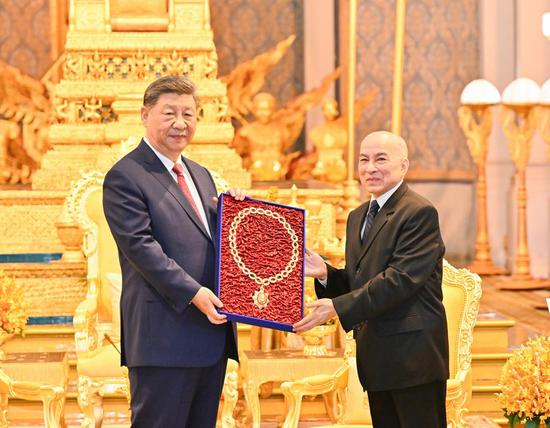







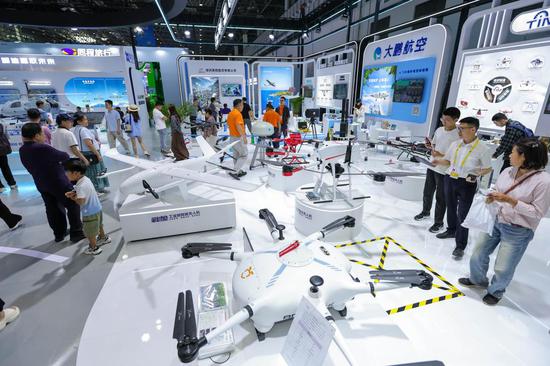















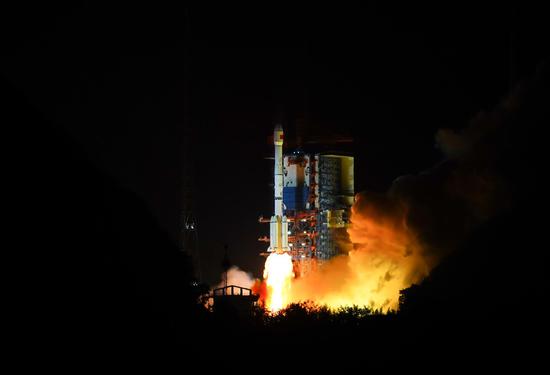
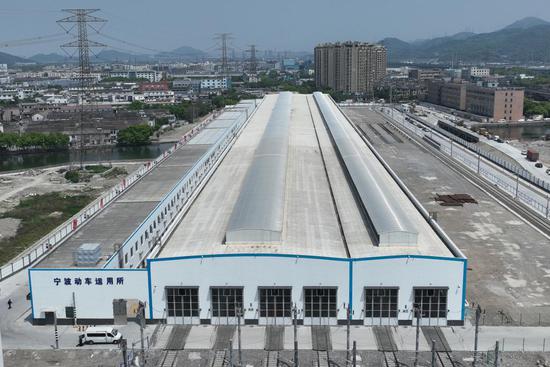







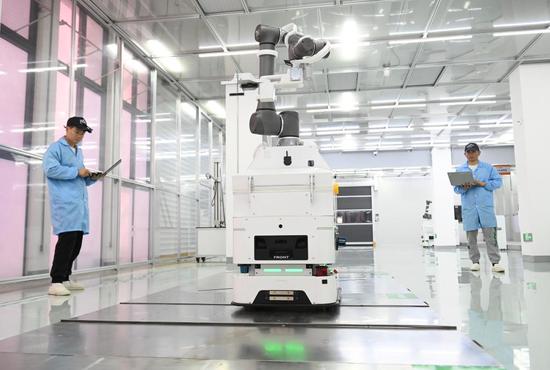







 京公網安備 11010202009201號
京公網安備 11010202009201號